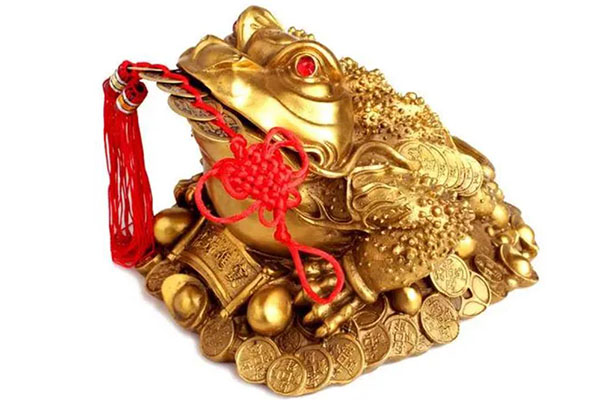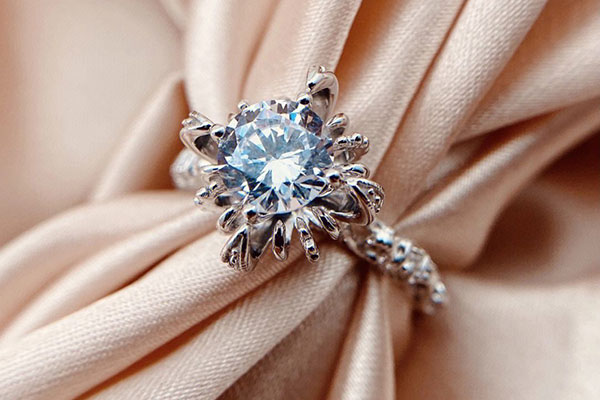In the quest for improving our financial luck, optimizing the layout of our indoor spaces is crucial. Many individuals choose to incorporate Money Toad (Jin Chan) figurines within their homes or businesses to attract wealth. However, in Feng Shui, the energetic presence of the Money Toad comes with several considerations and taboos. Let’s delve into the methods of placing and the key taboos associated with the Money Toad for effective Feng Shui practices aimed at inviting prosperity.
Placing the Money Toad
1. Transforming Negative Energies with the Money Toad
- While the Money Toad’s influence is slightly less potent compared to other Feng Shui symbols like lions and Pi Xiu, it holds more power than copper coins and gourds. The Money Toad serves as an active remedy to transform negative energies, while items like Tai Shan Shi Gan Dang act as passive protectors.
- When buildings and shops are closely situated, employing symbols like lions and Pi Xiu can create discomfort among visitors and even generate new negative energies.
- For businesses, it’s essential to align the elemental attributes of the establishment with the Feng Shui symbol used. Mismatched elemental energies can lead to adverse effects on prosperity. Thus, each industry requires a tailored approach rather than a uniform placement method.
2. The Placing Method for Warding Off Negative Energies
- Whether for transforming negative energies or enhancing wealth, the Money Toad is primarily influenced by the directional energies and elemental attributes of its placement.
- To transform negative energies, place the Money Toad facing the direction of the negative energy. For instance, if a certain direction holds negative Qi, align the Money Toad’s head towards that direction to counteract it.
- It’s crucial to note that when using the Money Toad to transform negative energies, avoid using it for wealth enhancement.
Enhancing Wealth with the Money Toad
1. Placing for Wealth Enhancement
- When aiming to attract wealth, position the Money Toad with its head facing the interior of your shop, business, or home. Orient it towards the cash register or safe (wealth position). This arrangement symbolizes the act of drawing external wealth into your space.
- Never position the Money Toad with its head facing outward, as this could inadvertently cause wealth to flow out of your space instead of accumulating within.
2. Considerations for Placement
- Avoid positioning the Money Toad with its head-facing windows or doors, as these are pathways for energy to flow in and out.
Key Taboos for Placing the Money Toad
1. Taboos for Money Toad with Coin in Mouth
- When placing a Money Toad with a coin in its mouth, ensure that its head is directed toward the interior of your home, office, or business space. Avoid positioning it towards the doors, gates, or windows, as it might expel wealth energies outward instead of enhancing them. For a Money Toad without a coin, the orientation is reversed, with the head facing doors and gates to invite wealth. However, avoid aligning the Money Toad directly with the main entrance.
2. Timing Considerations
- The timing of placing the Money Toad is crucial. Opt for the auspicious time slot between 7 AM to 9 AM. This period is considered to be highly favorable, known as the “Dragon’s Hour,” in traditional Chinese culture.
- For optimized results, purify your intentions and the figurine. Cleanse the surface where the Money Toad will be placed, and focus your thoughts on your wishes while invoking positive energy.
In Conclusion
Enhancing your living or business space with the placement of the Money Toad can be a potent way to attract wealth. However, it’s essential to be mindful of both the positioning methods and the associated taboos to ensure that you’re harnessing its positive energies effectively. Tailoring your approach based on specific industry needs and elemental attributes is key to achieving prosperity through Feng Shui practices.

